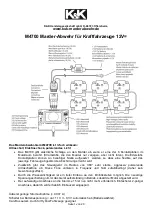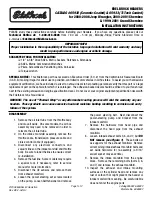
Charging cables must be disposed of in
an environmentally friendly way and
must not be disposed of as household waste.
Cleaning the charging cable
— Wipe the surface of the charging cable
with a dry or only slightly moistened cloth
→ , → .
DANGER
The voltage of the high-voltage system is
dangerous and will cause burns or other in-
juries and even lead to a fatal electric
shock.
·
Clean the charging cable only when it is
disconnected.
NOTICE
The charging cable can be damaged by incor-
rect cleaning.
·
Use only water and no additional cleaning
agents.
·
Make sure that no water gets into the con-
tacts.
Charging cable for charging
stations with alternating cur-
rent (AC)
Please refer to , and at the start
Fig. 152 Charging cable for charging stations
with alternating current (AC).
The maximum charging current is 16 A or
32 A and depends on the infrastructure used,
the charging cable and the equipment on the
charging unit. → , → .
The electrical installation abroad may be de-
signed according to different technical rules
than in your own country. This means that
a charging cable with a cross-section of
5 x 6 mm
2
may be required locally to achieve
the maximum charging power available
→ .
WARNING
Charging the high-voltage battery with an
unsuitable charging cable may lead to short
circuits, severe injury and fatal electric
shocks.
·
Make sure to find out the type of electri-
cal installation available locally before
travelling abroad.
·
Please always observe the specifications
given on the charging cable.
Charging cable
289
11A012720AB
















































